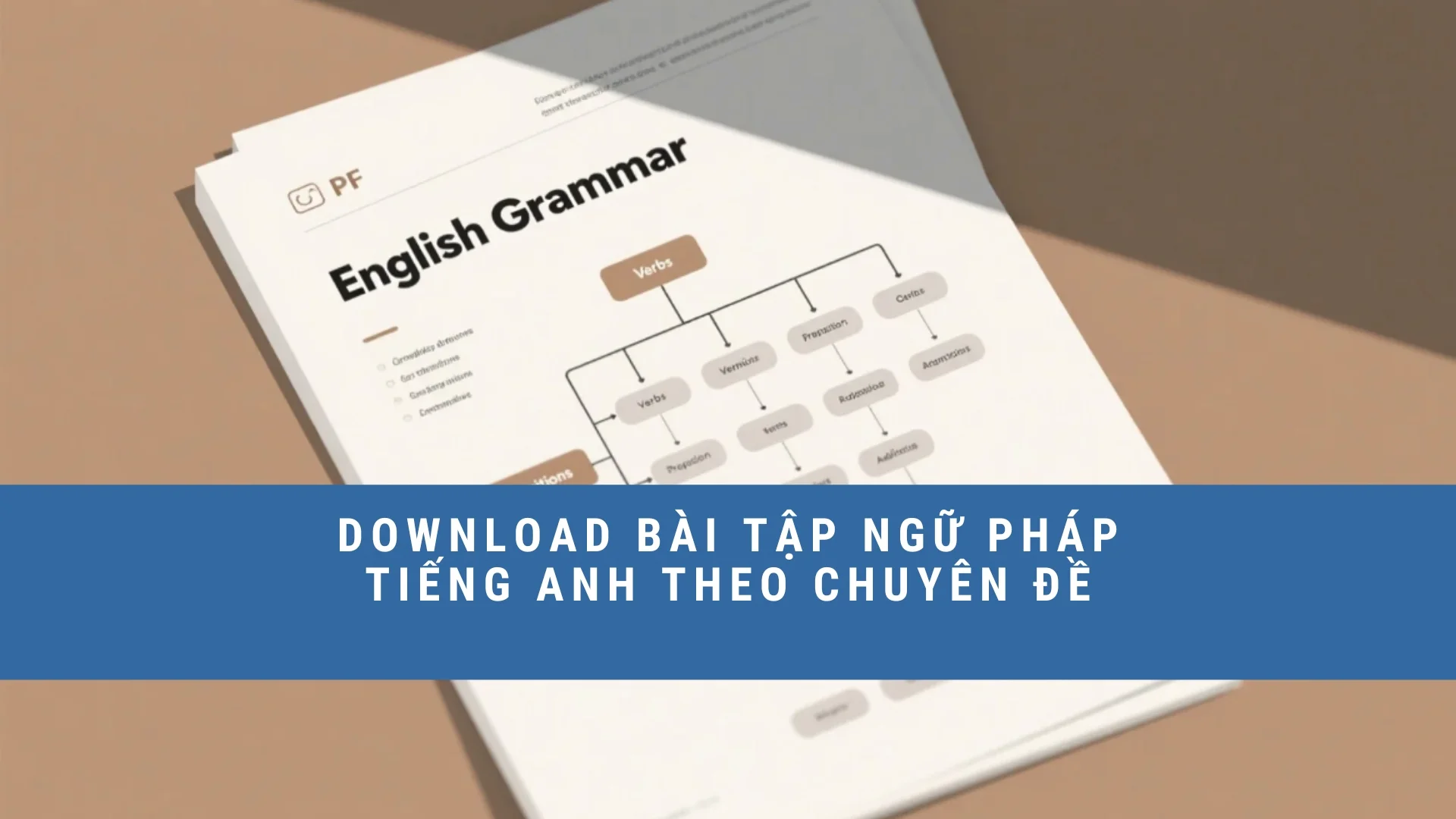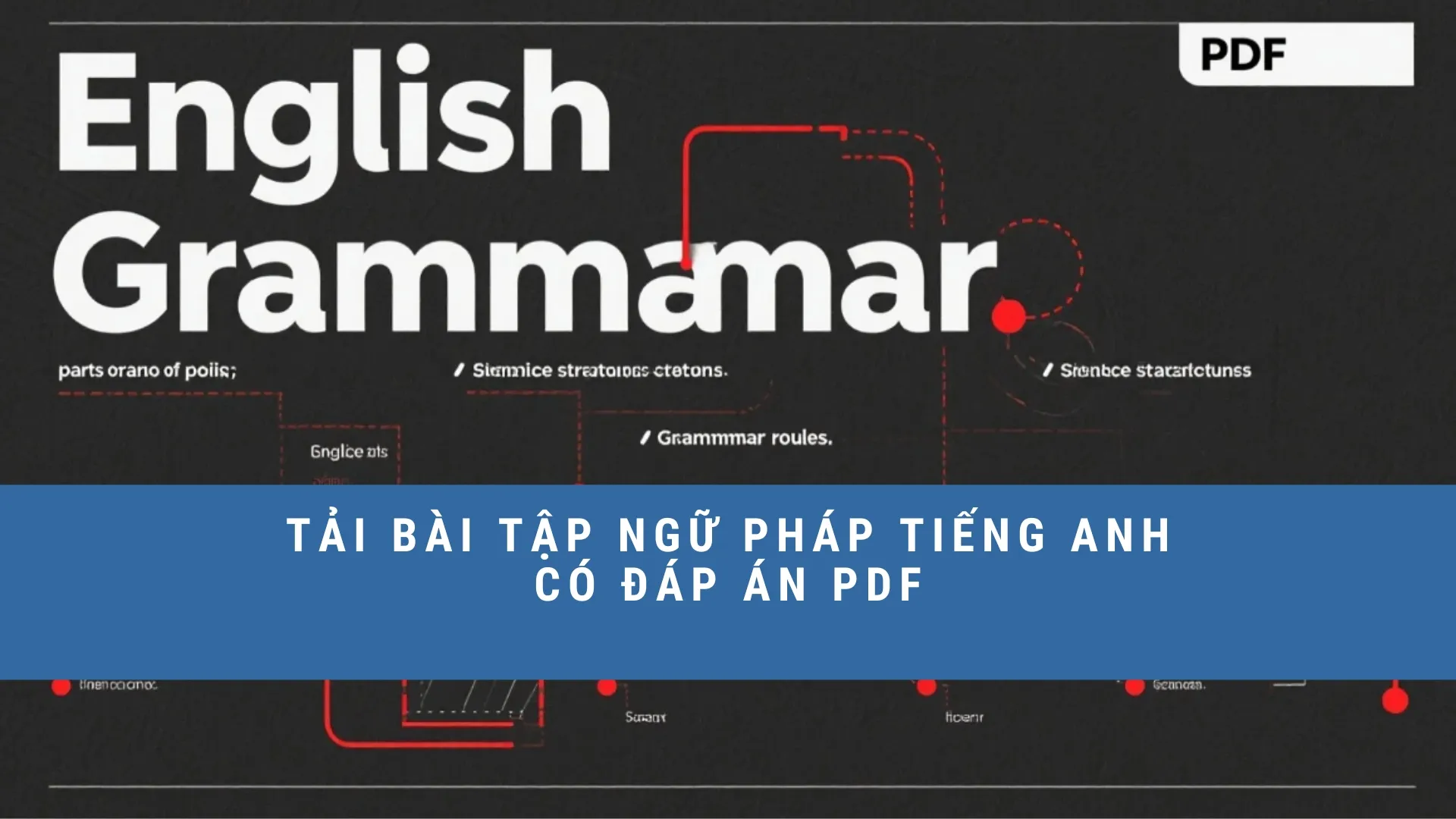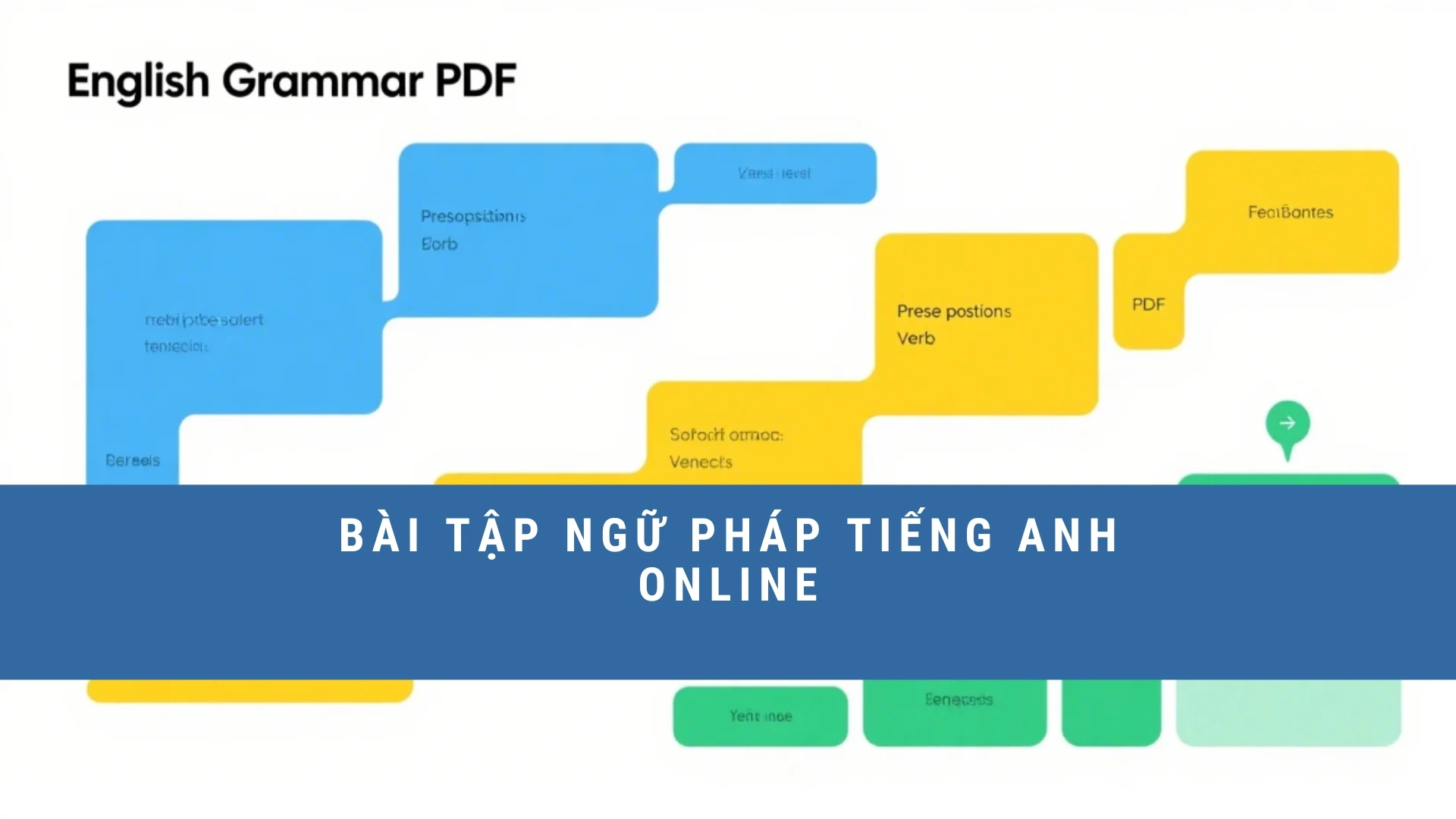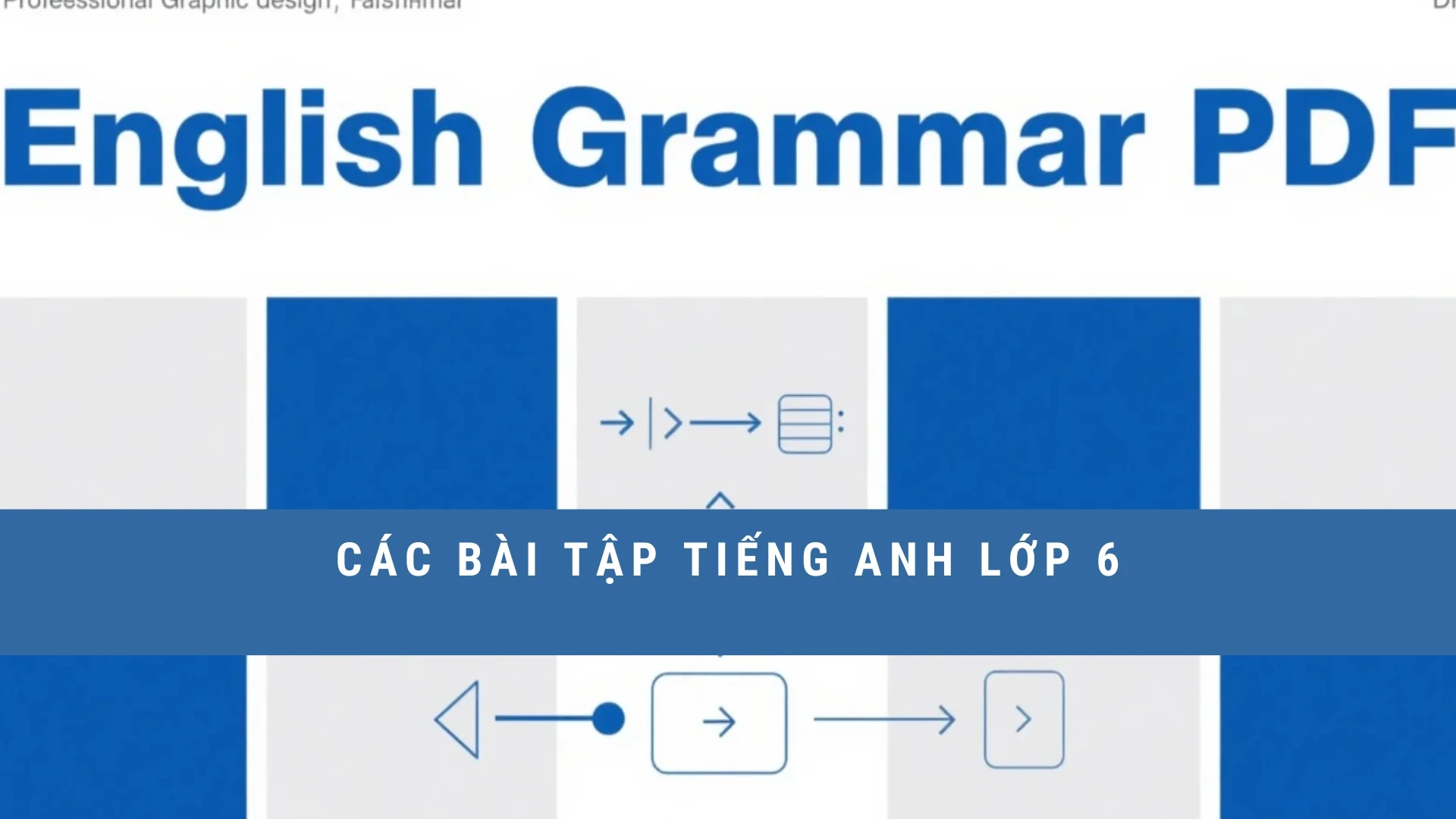Bài viết giới thiệu 100 từ vựng và cụm từ vựng tiếng Anh quan trọng trong ngành Phân tích kinh doanh, giúp người đọc nâng cao khả năng sử dụng tiếng Anh chuyên ngành. Qua đó, bạn sẽ nắm vững thuật ngữ phổ biến về dữ liệu, công cụ, chiến lược phân tích, và các khái niệm kinh doanh thiết yếu.
Từ vựng nghề Phân tích kinh doanh
| Business Analysis | Phân tích Kinh doanh |
| Requirements Gathering | Thu thập Yêu cầu |
| Stakeholder Engagement | Tương tác với Các bên liên quan |
| SWOT Analysis | Phân tích SWOT |
| Business Process Modeling | Mô hình Hóa Quy trình Kinh doanh |
| Key Performance Indicators (KPIs) | Chỉ số Hiệu suất Chính (KPIs) |
| Data Analytics | Phân tích Dữ liệu |
| Business Intelligence (BI) | Trí tuệ Kinh doanh (BI) |
| Market Research | Nghiên cứu Thị trường |
| Gap Analysis | Phân tích Khoảng trống |
| Business Case | Tình huống Kinh doanh |
| Feasibility Study | Nghiên cứu Tính khả thi |
| Process Improvement | Cải thiện Quy trình |
| Risk Assessment | Đánh giá Rủi ro |
| Change Management | Quản lý Thay đổi |
| Project Management | Quản lý Dự án |
| Data Visualization | Trực quan hóa Dữ liệu |
| Strategic Planning | Lập kế hoạch Chiến lược |
| Business Strategy | Chiến lược Kinh doanh |
| Process Mapping | Lập Bản đồ Quy trình |
| Business Requirements Document (BRD) | Tài liệu Yêu cầu Kinh doanh (BRD) |
| Use Case | Trường hợp Sử dụng |
| Functional Requirements | Yêu cầu Chức năng |
| Non-Functional Requirements | Yêu cầu Phi chức năng |
| Requirements Traceability | Truy xuất Nguồn gốc Yêu cầu |
| Business Process Reengineering (BPR) | Tái thiết Kỹ thuật Quy trình Kinh doanh (BPR) |
| Value Stream Mapping | Lập Bản đồ Chuỗi Giá trị |
| Performance Metrics | Chỉ số Hiệu suất |
| Data Modeling | Mô hình Dữ liệu |
| Workflow Analysis | Phân tích Quy trình Làm việc |
| Benchmarking | Đối chuẩn (Benchmarking) |
| Cost-Benefit Analysis | Phân tích Chi phí-Lợi ích |
| User Stories | Câu chuyện Người dùng |
| Business Objective | Mục tiêu Kinh doanh |
| Solution Design | Thiết kế Giải pháp |
| Data Integration | Tích hợp Dữ liệu |
| System Analysis | Phân tích Hệ thống |
| Process Optimization | Tối ưu hóa Quy trình |
| Business Architecture | Kiến trúc Kinh doanh |
| Requirements Elicitation | Khai thác Yêu cầu |
| Business Analysis Tools | Công cụ Phân tích Kinh doanh |
| Risk Management | Quản lý Rủi ro |
| Business Process Automation (BPA) | Tự động hóa Quy trình Kinh doanh (BPA) |
| Business Impact Analysis (BIA) | Phân tích Tác động Kinh doanh (BIA) |
| Process Analysis | Phân tích Quy trình |
| Trend Analysis | Phân tích Xu hướng |
| Gap Identification | Xác định Khoảng trống |
| Business Metrics | Chỉ số Kinh doanh |
| Agile Methodology | Phương pháp Agile |
| Waterfall Methodology | Phương pháp Waterfall |
| Business Operations | Hoạt động Kinh doanh |
| Stakeholder Analysis | Phân tích Các bên liên quan |
| Change Request | Yêu cầu Thay đổi |
| Process Documentation | Tài liệu Quy trình |
| Project Scope | Phạm vi Dự án |
| Requirements Management | Quản lý Yêu cầu |
| System Requirements Specification (SRS) | Tài liệu Đặc tả Yêu cầu Hệ thống (SRS) |
| Business Process Design | Thiết kế Quy trình Kinh doanh |
| Root Cause Analysis | Phân tích Nguyên nhân Gốc rễ |
| Process Flows | Lưu đồ Quy trình |
| Data Collection | Thu thập Dữ liệu |
| Data Analysis | Phân tích Dữ liệu |
| Market Segmentation | Phân khúc Thị trường |
| Business Model Canvas | Khung Mô hình Kinh doanh |
| Decision Making | Ra Quyết định |
| Customer Journey Mapping | Lập Bản đồ Hành trình Khách hàng |
| Business Simulation | Mô phỏng Kinh doanh |
| Cost Analysis | Phân tích Chi phí |
| Profitability Analysis | Phân tích Lợi nhuận |
| Operational Efficiency | Hiệu quả Hoạt động |
| Process Redesign | Thiết kế lại Quy trình |
| User Experience (UX) Analysis | Phân tích Trải nghiệm Người dùng (UX) |
| Business Goals | Mục tiêu Kinh doanh |
| Performance Review | Đánh giá Hiệu suất |
| Strategy Execution | Thực thi Chiến lược |
| Competitive Analysis | Phân tích Cạnh tranh |
| Scenario Planning | Lập kế hoạch Kịch bản |
| Business Process Assessment | Đánh giá Quy trình Kinh doanh |
| Resource Allocation | Phân bổ Nguồn lực |
| Process Benchmarking | Đối chuẩn Quy trình |
| Process Control | Kiểm soát Quy trình |
| Risk Mitigation | Giảm thiểu Rủi ro |
| Business Value Proposition | Đề xuất Giá trị Kinh doanh |
| Key Drivers | Yếu tố Chính |
| Business Performance Review | Đánh giá Hiệu suất Kinh doanh |
| Data-driven Decision Making | Ra Quyết định dựa trên Dữ liệu |
| Process Standardization | Tiêu chuẩn hóa Quy trình |
| Business Requirements Analysis | Phân tích Yêu cầu Kinh doanh |
| Solution Implementation | Triển khai Giải pháp |
| Metrics Tracking | Theo dõi Chỉ số |
| Process Modeling Notation (BPMN) | Ký hiệu Mô hình Quy trình (BPMN) |
| Strategic Analysis | Phân tích Chiến lược |
| Business Innovation | Đổi mới Kinh doanh |
| System Integration | Tích hợp Hệ thống |
| Process Efficiency | Hiệu quả Quy trình |
| Requirement Gathering Techniques | Kỹ thuật Thu thập Yêu cầu |
| Business Process Management (BPM) | Quản lý Quy trình Kinh doanh (BPM) |
| Decision Support Systems (DSS) | ệ thống Hỗ trợ Quyết định (DSS) |
| Business Value Analysis | Phân tích Giá trị Kinh doanh |
| Enterprise Architecture | Kiến trúc Doanh nghiệp |
Bài viết sử dụng thuật ngữ trên
- Business Analysis: Effective business analysis is crucial for understanding and improving organizational processes.
- Requirements Gathering: Requirements gathering involves collecting detailed information about what stakeholders need from a system.
- Stakeholder Engagement: Stakeholder engagement is key to ensuring that all relevant parties are involved in the project.
- SWOT Analysis: A SWOT analysis helps identify the strengths, weaknesses, opportunities, and threats related to a business.
- Business Process Modeling: Business process modeling visualizes the steps involved in a business process to identify areas for improvement.
- Key Performance Indicators (KPIs): KPIs are used to measure and track the effectiveness of business activities.
- Data Analytics: Data analytics provides insights into business performance by examining and interpreting complex data sets.
- Business Intelligence (BI): Business Intelligence tools help companies make informed decisions by analyzing large volumes of data.
- Market Research: Market research involves gathering and analyzing information about market trends and consumer preferences.
- Gap Analysis: Gap analysis helps identify the difference between the current state and the desired future state of a process.
- Business Case: A business case outlines the justification for a proposed project or initiative.
- Feasibility Study: A feasibility study assesses the practicality and potential success of a proposed project.
- Process Improvement: Process improvement aims to enhance the efficiency and effectiveness of business operations.
- Risk Assessment: Risk assessment involves evaluating potential risks that could impact a project’s success.
- Change Management: Change management strategies help organizations adapt to changes and manage transitions effectively.
- Project Management: Project management involves planning, executing, and closing projects to achieve specific goals.
- Data Visualization: Data visualization techniques are used to create graphical representations of data to make it easier to understand.
- Strategic Planning: Strategic planning defines the long-term goals and direction of a business.
- Business Strategy: A business strategy outlines how a company plans to achieve its goals and compete in the market.
- Process Mapping: Process mapping involves creating visual diagrams to illustrate the steps in a business process.
- Business Requirements Document (BRD): The BRD specifies the requirements and expectations for a project or system.
- Use Case: A use case describes how a user interacts with a system to achieve a specific goal.
- Functional Requirements: Functional requirements define the specific behaviors and functions of a system.
- Non-Functional Requirements: Non-functional requirements specify the quality attributes, such as performance and security, of a system.
- Requirements Traceability: Requirements traceability ensures that each requirement is linked to its source and implementation.
- Business Process Reengineering (BPR): BPR involves redesigning business processes to improve performance and efficiency.
- Value Stream Mapping: Value stream mapping visualizes the flow of materials and information in a process to identify inefficiencies.
- Performance Metrics: Performance metrics are used to measure the success and efficiency of business activities.
- Data Modeling: Data modeling involves creating diagrams that represent data structures and relationships.
- Workflow Analysis: Workflow analysis examines the sequence of tasks and activities to identify areas for improvement.
- Benchmarking: Benchmarking compares business processes and performance against industry standards to identify best practices.
- Cost-Benefit Analysis: Cost-benefit analysis evaluates the financial benefits and costs associated with a project or decision.
- User Stories: User stories describe the features or functions that users need from a system.
- Business Objective: A business objective defines a specific goal that an organization aims to achieve.
- Solution Design: Solution design involves creating a detailed plan for how a system or process will address business needs.
- Data Integration: Data integration combines data from different sources to provide a unified view.
- System Analysis: System analysis examines and evaluates a system’s requirements and performance.
- Process Optimization: Process optimization improves the efficiency and effectiveness of business processes.
- Business Architecture: Business architecture outlines the structure and components of an organization’s business processes.
- Requirements Elicitation: Requirements elicitation involves gathering and defining the needs of stakeholders.
- Business Analysis Tools: Business analysis tools support the process of analyzing and improving business operations.
- Risk Management: Risk management involves identifying, assessing, and mitigating potential risks to a project or business.
- Business Process Automation (BPA): BPA uses technology to automate repetitive business processes, improving efficiency.
- Business Impact Analysis (BIA): BIA assesses the potential effects of disruptions on business operations.
- Process Analysis: Process analysis examines business processes to identify inefficiencies and areas for improvement.
- Trend Analysis: Trend analysis examines historical data to identify patterns and forecast future performance.
- Gap Identification: Gap identification helps determine where there is a discrepancy between current performance and desired goals.
- Business Metrics: Business metrics are quantitative measures used to evaluate business performance.
- Agile Methodology: Agile methodology focuses on iterative development and collaboration to improve project outcomes.
- Waterfall Methodology: Waterfall methodology is a linear approach to project management where each phase must be completed before the next begins.
- Business Operations: Business operations involve the day-to-day activities required to run a company.
- Stakeholder Analysis: Stakeholder analysis identifies and assesses the needs and influence of individuals involved in a project.
- Change Request: A change request is a formal proposal to alter the scope or deliverables of a project.
- Process Documentation: Process documentation records the details of business processes for reference and analysis.
- Project Scope: Project scope defines the boundaries and deliverables of a project.
- Requirements Management: Requirements management involves tracking and managing project requirements throughout their lifecycle.
- System Requirements Specification (SRS): The SRS document outlines the requirements and constraints for a system.
- Business Process Design: Business process design creates processes that align with organizational goals and improve efficiency.
- Root Cause Analysis: Root cause analysis identifies the underlying reasons for problems or issues in a process.
- Process Flows: Process flows diagram the sequence of activities and decision points in a business process.
- Data Collection: Data collection involves gathering information for analysis and decision-making.
- Data Analysis: Data analysis examines data to uncover insights and inform business decisions.
- Market Segmentation: Market segmentation divides a market into distinct groups of consumers with similar needs or characteristics.
- Business Model Canvas: The business model canvas is a strategic tool used to visualize and design a business model.
- Decision Making: Decision making involves evaluating options and choosing the best course of action.
- Customer Journey Mapping: Customer journey mapping visualizes the steps customers take when interacting with a business.
- Business Simulation: Business simulation models real-world business scenarios to test strategies and make decisions.
- Cost Analysis: Cost analysis evaluates the expenses associated with a project or business activity.
- Profitability Analysis: Profitability analysis assesses a business’s ability to generate profit relative to its revenue and costs.
- Operational Efficiency: Operational efficiency measures how effectively an organization uses resources to achieve its goals.
- Process Redesign: Process redesign involves reworking processes to improve performance and outcomes.
- User Experience (UX) Analysis: UX analysis evaluates how users interact with and perceive a system or product.
- Business Goals: Business goals define the objectives an organization aims to achieve in a specific timeframe.
- Performance Review: A performance review evaluates an employee’s performance and contributions to the organization.
- Strategy Execution: Strategy execution involves implementing plans and strategies to achieve business objectives.
- Competitive Analysis: Competitive analysis examines competitors to understand their strengths and weaknesses.
- Scenario Planning: Scenario planning prepares for various possible future scenarios to make informed decisions.
- Business Process Assessment: Business process assessment evaluates the effectiveness and efficiency of existing processes.
- Resource Allocation: Resource allocation involves assigning resources to various tasks or projects to maximize efficiency.
- Process Benchmarking: Process benchmarking compares business processes to best practices and standards to identify improvements.
- Process Control: Process control involves monitoring and managing processes to ensure they operate within desired parameters.
- Risk Mitigation: Risk mitigation strategies are implemented to reduce the impact of potential risks.
- Business Value Proposition: The business value proposition explains the unique benefits and value that a company offers to customers.
- Key Drivers: Key drivers are the main factors that influence business performance and outcomes.
- Business Performance Review: A business performance review assesses the effectiveness of business operations and strategies.
- Data-driven Decision Making: Data-driven decision making relies on data analysis to guide business decisions and strategies.
- Process Standardization: Process standardization involves creating uniform procedures to ensure consistency and efficiency.
- Business Requirements Analysis: Business requirements analysis identifies and defines the needs and expectations of stakeholders.
- Solution Implementation: Solution implementation involves deploying and integrating solutions to address business needs.
- Metrics Tracking: Metrics tracking monitors performance indicators to assess progress and outcomes.
- Process Modeling Notation (BPMN): BPMN provides a standardized method for modeling business processes.
- Strategic Analysis: Strategic analysis evaluates internal and external factors to inform strategic planning and decision-making.
- Business Innovation: Business innovation involves developing new ideas and solutions to improve business processes and products.
- System Integration: System integration connects different systems and applications to work together seamlessly.
- Process Efficiency: Process efficiency measures how effectively processes convert inputs into desired outputs.
- Requirement Gathering Techniques: Requirement gathering techniques help collect and define user needs and project requirements.
- Business Process Management (BPM): BPM involves managing and optimizing business processes to improve efficiency and effectiveness.
- Decision Support Systems (DSS): DSS provide tools and information to support decision-making and problem-solving.
- Business Value Analysis: Business value analysis assesses the benefits and value delivered by business initiatives.
- Enterprise Architecture: Enterprise architecture defines the structure and relationships of an organization’s processes, systems, and data.
Bài tập
- Effective __________ is essential for improving organizational processes and decision-making.
- __________ involves collecting detailed information about stakeholder needs.
- __________ is critical to ensuring that all relevant parties are involved in the project.
- A __________ helps identify the strengths, weaknesses, opportunities, and threats related to a business.
- __________ visualizes the steps involved in a business process to pinpoint inefficiencies.
- Companies use __________ to measure and track the effectiveness of their activities.
- __________ provides insights by analyzing and interpreting complex data sets.
- __________ tools help organizations make informed decisions based on large volumes of data.
- __________ involves gathering and analyzing information about market trends and consumer preferences.
- __________ helps identify the difference between the current state and the desired future state of a process.
- A __________ outlines the justification for a proposed project or initiative.
- A __________ assesses the practicality and potential success of a proposed project.
- __________ aims to enhance the efficiency and effectiveness of business operations.
- __________ involves evaluating potential risks that could impact a project’s success.
- __________ strategies help organizations adapt to changes and manage transitions effectively.
- __________ involves planning, executing, and closing projects to achieve specific goals.
- __________ techniques are used to create graphical representations of data for better understanding.
- __________ defines the long-term goals and direction of a business.
- A __________ outlines how a company plans to achieve its goals and compete in the market.
- __________ involves creating visual diagrams to illustrate the steps in a business process.
- The __________ specifies the requirements and expectations for a project or system.
- A __________ describes how a user interacts with a system to achieve a specific goal.
- __________ define the specific behaviors and functions that a system should have.
- __________ specify the quality attributes, such as performance and security, of a system.
- __________ ensures that each requirement is linked to its source and implementation.
- __________ involves redesigning business processes to improve performance and efficiency.
- __________ visualizes the flow of materials and information to identify inefficiencies.
- __________ are used to measure the success and efficiency of business activities.
- __________ involves creating diagrams that represent data structures and relationships.
- __________ examines the sequence of tasks and activities to identify areas for improvement.
- __________ compares business processes and performance against industry standards.
- __________ evaluates the financial benefits and costs associated with a project or decision.
- __________ describe the features or functions that users need from a system.
- A __________ defines a specific goal that an organization aims to achieve.
- __________ involves creating a detailed plan for how a system or process will address business needs.
- __________ combines data from different sources to provide a unified view.
- __________ examines and evaluates a system’s requirements and performance.
- __________ improves the efficiency and effectiveness of business processes.
- __________ outlines the structure and components of an organization’s business processes.
- __________ involves gathering and defining the needs of stakeholders.
- __________ support the process of analyzing and improving business operations.
- __________ involves identifying, assessing, and mitigating potential risks to a project or business.
- __________ uses technology to automate repetitive business processes, improving efficiency.
- __________ assesses the potential effects of disruptions on business operations.
- __________ examines business processes to identify inefficiencies and areas for improvement.
- __________ examines historical data to identify patterns and forecast future performance.
- __________ helps determine where there is a discrepancy between current performance and desired goals.
- __________ are quantitative measures used to evaluate business performance.
- __________ focuses on iterative development and collaboration to improve project outcomes.
- __________ is a linear approach to project management where each phase must be completed before the next begins.
- __________ involve the day-to-day activities required to run a company.
- __________ identifies and assesses the needs and influence of individuals involved in a project.
- A __________ is a formal proposal to alter the scope or deliverables of a project.
- __________ records the details of business processes for reference and analysis.
- __________ defines the boundaries and deliverables of a project.
- __________ involves tracking and managing project requirements throughout their lifecycle.
- The __________ document outlines the requirements and constraints for a system.
- __________ creates processes that align with organizational goals and improve efficiency.
- __________ identifies the underlying reasons for problems or issues in a process.
- __________ diagram the sequence of activities and decision points in a business process.
- __________ involves gathering information for analysis and decision-making.
- __________ examines data to uncover insights and inform business decisions.
- __________ divides a market into distinct groups of consumers with similar needs or characteristics.
- The __________ is a strategic tool used to visualize and design a business model.
- __________ involves evaluating options and choosing the best course of action.
- __________ visualizes the steps customers take when interacting with a business.
- __________ models real-world business scenarios to test strategies and make decisions.
- __________ evaluates the expenses associated with a project or business activity.
- __________ assesses a business’s ability to generate profit relative to its revenue and costs.
- __________ measures how effectively an organization uses resources to achieve its goals.
- __________ involves reworking processes to improve performance and outcomes.
- __________ evaluates how users interact with and perceive a system or product.
- __________ define the objectives an organization aims to achieve in a specific timeframe.
- A __________ assesses the effectiveness of business operations and strategies.
- __________ involves implementing plans and strategies to achieve business objectives.
- __________ examines competitors to understand their strengths and weaknesses.
- __________ prepares for various possible future scenarios to make informed decisions.
- __________ evaluates the effectiveness and efficiency of existing processes.
- __________ involves assigning resources to various tasks or projects to maximize efficiency.
- __________ compares business processes to best practices and standards to identify improvements.
- __________ involves monitoring and managing processes to ensure they operate within desired parameters.
- __________ strategies are implemented to reduce the impact of potential risks.
- The __________ explains the unique benefits and value that a company offers to customers.
- __________ are the main factors that influence business performance and outcomes.
- A __________ assesses the effectiveness of business operations and strategies.
- __________ relies on data analysis to guide business decisions and strategies.
- __________ involves creating uniform procedures to ensure consistency and efficiency.
- __________ identifies and defines the needs and expectations of stakeholders.
- __________ involves deploying and integrating solutions to address business needs.
- __________ monitors performance indicators to assess progress and outcomes.
- __________ provides a standardized method for modeling business processes.
- __________ evaluates internal and external factors to inform strategic planning and decision-making.
- __________ involves developing new ideas and solutions to improve business processes and products.
- __________ connects different systems and applications to work together seamlessly.
- __________ measures how effectively processes convert inputs into desired outputs.
- __________ help collect and define user needs and project requirements.
- __________ involves managing and optimizing business processes to improve efficiency and effectiveness.
- __________ provide tools and information to support decision-making and problem-solving.
- __________ assesses the benefits and value delivered by business initiatives.
- __________ defines the structure and relationships of an organization’s processes, systems, and data.
Đáp án
- Business Analysis
- Requirements Gathering
- Stakeholder Engagement
- SWOT Analysis
- Business Process Modeling
- Key Performance Indicators (KPIs)
- Data Analytics
- Business Intelligence (BI)
- Market Research
- Gap Analysis
- Business Case
- Feasibility Study
- Process Improvement
- Risk Assessment
- Change Management
- Project Management
- Data Visualization
- Strategic Planning
- Business Strategy
- Process Mapping
- Business Requirements Document (BRD)
- Use Case
- Functional Requirements
- Non-Functional Requirements
- Requirements Traceability
- Business Process Reengineering (BPR)
- Value Stream Mapping
- Performance Metrics
- Data Modeling
- Workflow Analysis
- Benchmarking
- Cost-Benefit Analysis
- User Stories
- Business Objective
- Solution Design
- Data Integration
- System Analysis
- Process Optimization
- Business Architecture
- Requirements Elicitation
- Business Analysis Tools
- Risk Management
- Business Process Automation (BPA)
- Business Impact Analysis (BIA)
- Process Analysis
- Trend Analysis
- Gap Identification
- Business Metrics
- Agile Methodology
- Waterfall Methodology
- Business Operations
- Stakeholder Analysis
- Change Request
- Process Documentation
- Project Scope
- Requirements Management
- System Requirements Specification (SRS)
- Business Process Design
- Root Cause Analysis
- Process Flows
- Data Collection
- Data Analysis
- Market Segmentation
- Business Model Canvas
- Decision Making
- Customer Journey Mapping
- Business Simulation
- Cost Analysis
- Profitability Analysis
- Operational Efficiency
- Process Redesign
- User Experience (UX) Analysis
- Business Goals
- Performance Review
- Strategy Execution
- Competitive Analysis
- Scenario Planning
- Business Process Assessment
- Resource Allocation
- Process Benchmarking
- Process Control
- Risk Mitigation
- Business Value Proposition
- Key Drivers
- Business Performance Review
- Data-driven Decision Making
- Process Standardization
- Business Requirements Analysis
- Solution Implementation
- Metrics Tracking
- Process Modeling Notation (BPMN)
- Strategic Analysis
- Business Innovation
- System Integration
- Process Efficiency
- Requirement Gathering Techniques
- Business Process Management (BPM)
- Decision Support Systems (DSS)
- Business Value Analysis
- Enterprise Architecture











